
Do you have a question about the NAPCO StarLink SLE-LTEAI-CFBPS and is the answer not in the manual?
| Brand | NAPCO |
|---|---|
| Model | StarLink SLE-LTEAI-CFBPS |
| Category | Cell Phone |
| Language | English |
Details the SLE-ULPS-R Power Supply and SLE-WIFI-MODULE for connectivity.
Lists available accessories like download cables, antennas, and tamper kits.
Specifies electrical ratings for 120VAC, 60Hz models with power supply.
Lists UL standards relevant to control units and accessories for fire alarm systems.
Details electrical ratings for +12V/24V models and various input/output terminals.
Descriptions for power, input, output, communication, and ground terminals on the PC board.
Describes the Green RF Signal Strength and Yellow Operational Status LEDs.
Explains the Red Trouble, Red Diagnostic, and Green IP Network LEDs.
Covers unattended downloading and 7-day supervision configurations.
Details unsupervised input settings and Wi-Fi module enablement.
Details the function of Red IP Network Troubles and Yellow IP Network State LEDs.
Information on powering the unit and descriptions of Jumper block X5 options.
Explains primary reporting function and network coverage supervision.
Covers account registration and programming for Gemini C-Series panels.
Guidance on selecting a mounting location and verifying signal strength.
Warning regarding minimum separation distance for FCC RF exposure compliance.
Details wiring, power application, and signal verification steps.
Explains Contact ID programming, compatible formats, and programming cautions.
Instructions for wiring the OUT1 relay to a zone for trouble annunciation.
Requirement for the radio to report troubles to the central station.
Lists common Contact ID alarm codes for StarLink radio events.
Describes NOC originated signals like Supervisory Fail and test signals.
Explains how to detect cut Telco wires and program supervision.
Describes how status changes affect the radio supervision timer.
Covers firmware update procedures and optional tamper switch installation.
Important notes and requirements for wiring connections.
Specific wiring for Telco trouble and supervision connections.
Wiring instructions for the Power Supply Relay Trouble Output.
Option for connecting FACP Aux Power when SLE-ULPS-R is not used.
Wiring instructions for the JP2 option to enable Telco 2 supervision.
Guidance on using RJ31X for longer distances versus direct panel wiring.
Wiring instructions for the JP2 option to enable Telco 2 supervision.
Requirements for RJ-45 cable and optional remote communication.
Instructions for configuring JP2 and JP1 jumpers for specific functions.
Note regarding Telco line cut identification and supervision.
Method for utilizing existing FACP telephone connections for supervision.
How removing JP2 shunt and enabling feature impacts supervision.
Instructions for wiring tamper switches for security.
Details the recommended locations for mounting tamper switches.
Guidance on wiring a normally closed sensor loop for tamper supervision.
Information on the compatibility of SLE Dual-Path radios with 4/2 receivers.
Illustrates an example of a conduit location for power connections.
Describes connecting to a UL listed pull box on a fire alarm branch circuit.
Specifies the maximum length for transformer secondary wiring conduit.
Wiring methods for terminating single conductors in terminal blocks.
Wiring methods for terminating conductors in barrier-type terminals.
Using the 'pigtail' method for multiple or different sized conductors.



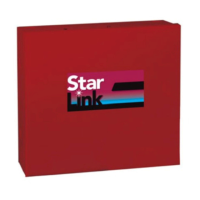
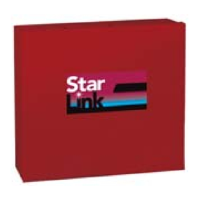
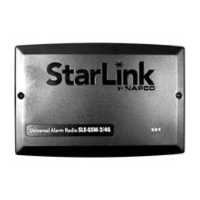

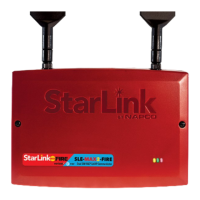
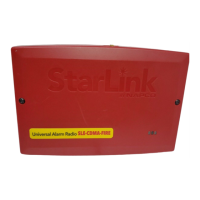



